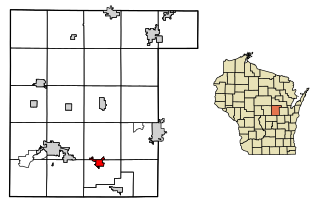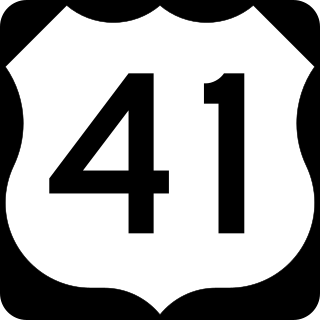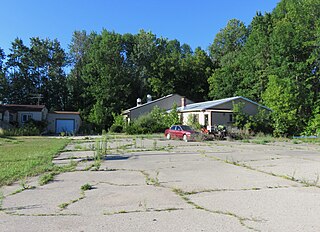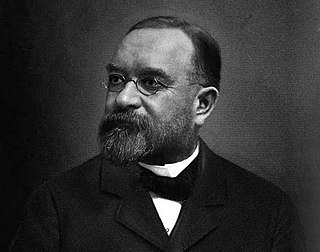
Winnebago County is a county in the U.S. state of Wisconsin. As of the 2020 census, the population was 171,730. Its county seat is Oshkosh. It was named for the historic Winnebago people, a federally recognized Native American tribe now known as the Ho-Chunk Nation. Chief Oshkosh was a Menominee leader in the area. Winnebago County comprises the Oshkosh-Neenah, WI Metropolitan Statistical Area, which is included in the Appleton-Oshkosh-Neenah, WI Combined Statistical Area.

Waupaca County is a county in the U.S. state of Wisconsin. As of the 2020 census, the population was 51,812. The county seat is Waupaca. The county was created in 1851 and organized in 1853. It is named after the Waupaca River, a Menominee language name meaning 'white sand bottom', 'pale water', or 'tomorrow river'.

Caledonia is a town in Waupaca County, Wisconsin, United States. The population was 1,466 at the 2000 census. The unincorporated communities of North Readfield and Readfield are located in the town.

Appleton is a city in Outagamie, Calumet, and Winnebago counties in the U.S. state of Wisconsin. One of the Fox Cities, it is situated on the Fox River, 30 miles (48 km) southwest of Green Bay and 100 miles (160 km) north of Milwaukee. Appleton is the county seat of Outagamie County. As of the 2020 Census it had a population of 75,644, making it the sixth largest city in Wisconsin. Appleton is a part of the Fox Cities metropolitan area, the third largest in the state behind Milwaukee and Madison.

Weyauwega is a city in Waupaca County, Wisconsin, United States. The population was 1,900 at the 2010 census. The city is located mostly within the Town of Weyauwega, though it is politically independent of the town. Small portions extend north into the adjacent Town of Royalton. The city is commonly referred to as "Wega" by local residents. The name "Weyauwega" means "Here we rest" because the town's origin was a stopping/resting point between two rivers when Native Americans had to portage their canoes. A fur trader built a small building at the location, from which the town later grew.
The Fox Cities of Northeastern Wisconsin are the cities, towns and villages along the Fox River as it flows from Lake Winnebago northward into Green Bay.

U.S. Highway 10 (US 10) in Wisconsin runs east–west across the central part of the state. It runs from the Prescott Drawbridge over the St. Croix River at Prescott east to the dock in Manitowoc where the SS Badger crosses Lake Michigan to Ludington, Michigan. The highway is also designated as the Vietnam War Veterans Memorial Highway for its entire length.

State Trunk Highway 110 is a state highway in the US state of Wisconsin. It runs north–south in central Wisconsin from Fremont to Marion. Its southern terminus is at US Highway 10 (US 10) and WIS 96 southeast of Fremont; its northern terminus is at US 45 in Marion.

U.S. Highway 41 (US 41) is a north–south highway United States Numbered Highway in eastern Wisconsin. It runs from Pleasant Prairie on the Illinois border north to Marinette on the Michigan border. Most of the route is concurrent with Interstate 41 in the state, with the exception of the portion between Howard, a suburb of Green Bay, and Marinette.

The Wiouwash State Trail is a rail trail in northeastern Wisconsin. Its name is derived from the first two letters of the four counties it traverses: Winnebago, Outagamie, Waupaca, and Shawano. The trail's Tribal Heritage Crossing of Lake Butte des Morts is a nationally designated recreation trail. The trail is used by walkers, hikers, bikers, horseback riders, and snowmobilers during the winter months. Two sections of the trail are complete: 24 miles from Aniwa south to Split Rock and 21 miles from Hortonville south to Oshkosh.

Middle Inlet is an unincorporated community in Marinette County, Wisconsin (USA), in the town of Middle Inlet.

Walsh is an unincorporated community located in the town of Porterfield, in Marinette County, Wisconsin, United States.

Dale is an unincorporated census-designated place in the town of Dale in Outagamie County, Wisconsin, United States. It is located at the intersection of Wisconsin Highway 96 and County T. As of the 2010 census, its population was 528.
Packard is an unincorporated community located in the town of Wagner, Marinette County, Wisconsin, United States.
McAllister is an unincorporated community located in the town of Wagner, Marinette County, Wisconsin, United States.

Miles is an unincorporated community located in the town of Porterfield, Marinette County, Wisconsin, United States.
Albert LeRoy Osborn was a member of the Wisconsin State Assembly.

4imprint Group plc is a London-based direct marketer of promotional merchandise. It has offices in the United States, United Kingdom, Hong Kong and Europe. It is listed on the London Stock Exchange and is a constituent of the FTSE 250 Index.

William Plankinton was an American businessman, manufacturer, and industrialist. He followed in his father's footsteps in the meat packing and meat processing industry.

William Albert Chaney was an American historian of Anglo-Saxon England. Chaney spent his career at Lawrence University, where he taught from 1952 until his death; he held the George McKendree Steele endowed chair in history from 1962 until his official retirement in 1999, and was chair of the history department from 1968 to 1971. Chaney's studies focused on the conversion from paganism to Christianity and sacral kingship. His work culminated in his 1970 book, The Cult of Kingship in Anglo-Saxon England: The Transition from Paganism to Christianity.


















